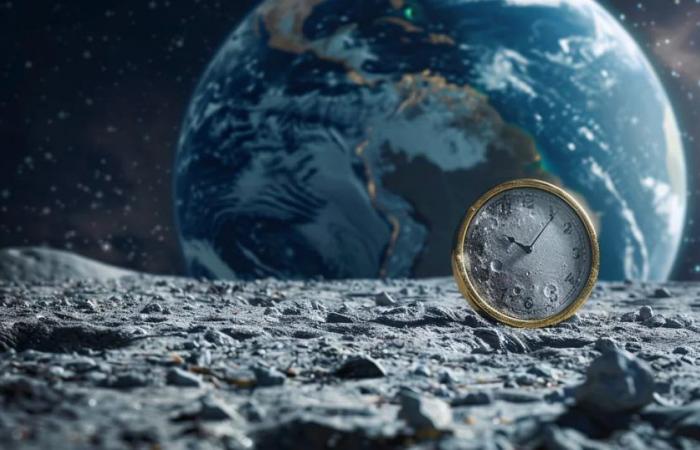The space race has revived an old challenge: accurate time tracking. The POTtogether with its international partners, is working on establishing a new time scale for the Moonessential for future missions of permanent settlements. The urgency has intensified with the competition between USA with his allies, and China.
These efforts, under the leadership of Cheryl Gramlingseek to overcome the temporal discrepancies caused by the general relativity and apply previous knowledge of atomic clocks used in GPS satellites. International collaboration and the implementation of networks such as LunaNet are key to the success of the project.
According to recent reports, POTtogether with its international partners, is working to establish a new time scale for the Moonwhich is essential for future missions to establish permanent settlements on the lunar surface. The urgency to create such a system has intensified with the new space race involving the United States and its allies, as well as China.
A day on the Moon is about 56 microseconds shorter than a day on Earth. While this seems insignificant, such discrepancies can lead to significant inconsistencies over time. “Astronauts on the Moon will need to navigate and communicate using a time scale relative to the Moon,” he explained. Cheryl Gramlingleader of the position, navigation and lunar timing in the Goddard Space Flight Center from NASA in Maryland.
Furthermore, the U.S. government has given NASA until December 31 to outline a plan for this new time scale, with the goal of implementing the system before the end of 2026, coinciding with the return of astronauts to the Moon after five decades.
The importance of this task is highlighted by the unique challenges posed by general relativity, a theory proposed by Albert Einstein which explains how gravity affects space and time. “One of the effects of the theory of general relativity is that gravity slows down time”he pointed Bruce Betts of the Planetary Society.
Scientists’ previous experience with atomic clocks on GPS satellites will be crucial to this new challenge. These clocks, which orbit at about 20,200 kilometers high, have enabled precise adjustments to time measurement on Earth, and scientists hope to apply similar insights to the Moon.
Creating an accurate lunar time scale is not only a scientific endeavor, but also has pragmatic implications. “Time is a critical enabler for everything: the economy, food security, trade, the financial community, even oil exploration,” he said. Kevin Coggins, from NASA. Accurate time tracking will allow astronauts to coordinate activities, communicate and conduct research with precision.
Clocks on the lunar surface, which would be located on satellites or at key points, must be highly accurate. An atomic clock destined for space can cost several million dollars, but the investment is essential for navigation and synchronization in the lunar environment.
An essential part of this effort is international collaboration. NASA has already had promising conversations with its U.S. partners and is working with agencies like the European Space Agency to establish standards through international standards bodies like the International Astronomical Union.
The implementation of LunaNet, a lunar network that would combine internet standards and global satellite navigation systems, represents another dimension of the project. Gramling explains: “LunaNet is a set of standards that contributors, like NASA or ESA, will follow.”
The mission to establish a new time scale is not limited to the Moon. The knowledge gained will serve for future trips to Mars and other interplanetary expeditions. “We are doing this on the Moon to learn and be prepared to do the same on Mars or other future celestial bodies,” Gramling concluded.






